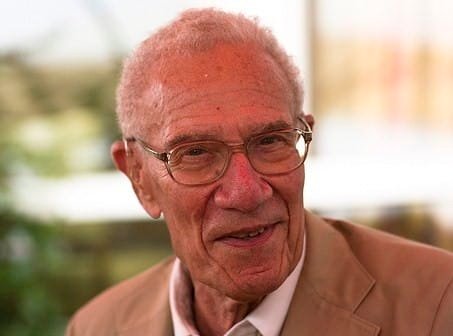Address
304 North Cardinal St.
Dorchester Center, MA 02124
Work Hours
Monday to Friday: 7AM - 7PM
Weekend: 10AM - 5PM
Address
304 North Cardinal St.
Dorchester Center, MA 02124
Work Hours
Monday to Friday: 7AM - 7PM
Weekend: 10AM - 5PM
For a decade or more, digital transformation has kept consultants and systems integrators, and “Cloud” application, platform, and infrastructure providers in gravy. It has been successful by most accounts: certainly consistent with technology diffusion. Not everyone is there yet, but it’s moving that way.
Now the “but…”
But, consistent with an observation made by Robert Solow in 1987, who famously noted, “You can see the computer age everywhere, except in the productivity statistics,” the exuberant promises of digital transformation have not appeared as fully as expected.

Sure, there are more “conversations” going on with customers as chats (with chatbots). Every business is doing eCommerce from its website, not infrequently “disintermediating” the channel to its customers. And many businesses and governments have to some extent digitized backward for electronic connection to their supply chains or input stakeholders of whatever ilk.
All good. You can see it everywhere, as Solow observed nearly 40-years ago.
Now comes the hard part, where change leadership and change management come to the fore. Implementing a (digitizing) technology or technologies has almost always followed a fairly predictable path.
Step three, as described here, is when technology and operation must become indistinguishable. In the shipping business (not that I have expertise), it’s likely that intermodal transport capability, based on uniform containers that could be shipped across the ocean, then configured onto a train car, then put onto a trailer behind a semi, followed a similar path. That is, each mode of transport was held distinct operationally; maybe the intermodal group bridged them but was fairly special. As an industry, it got to step 3 a long time ago and (again I’ll bet) now shipping is shipping–the operational model changed to suit the technological tools (intermodality).
Or, maybe not. Makes for a good story though.
The point is that the hard part for digital transformation is now the less sexy, less glamorous, more pedestrian pivot to the bigger operation, not just the technological one. To make the most effective use of the entrenched digital environment. That means more operational change (as processes, etc.) and individual change (as behaviour). The job is not done.
In turn, that means change leadership and change management for “digital transformation” evolving from technological implementation and the wonders that go along with that, to the operational changes that can and have to be made. THIS means non-trivial reimagining of business purpose, role, value, input/output, etc. It means process re-engineering with a digital flavour–unlike anything that was done before. It means the business people have to be prepared to think hard about their business is going forward, given the capabilities and opportunities, and make a few hard calls.
Change leadership and change management have pride of place in this scenario. Are you up to it?
Institute X is a transformation leadership consultancy and leader coaching firm. One of its online presences is The Change Playbook. Check out the abundance of pragmatic guidance for making change happen. Subscribe to be notified of new, fresh content.
Timothy Grayson is a Canadian (digital) transformation consultant, coach, and writer. Among other things, he has provided thechangeplaybook.com as a practical resource for change and project managers and leaders. Find him at institute-x.org.
[…] decade. It was and remains an essential foundation of 21st-century value production. Picking up on a recent post, I will say that if anything the job is not […]